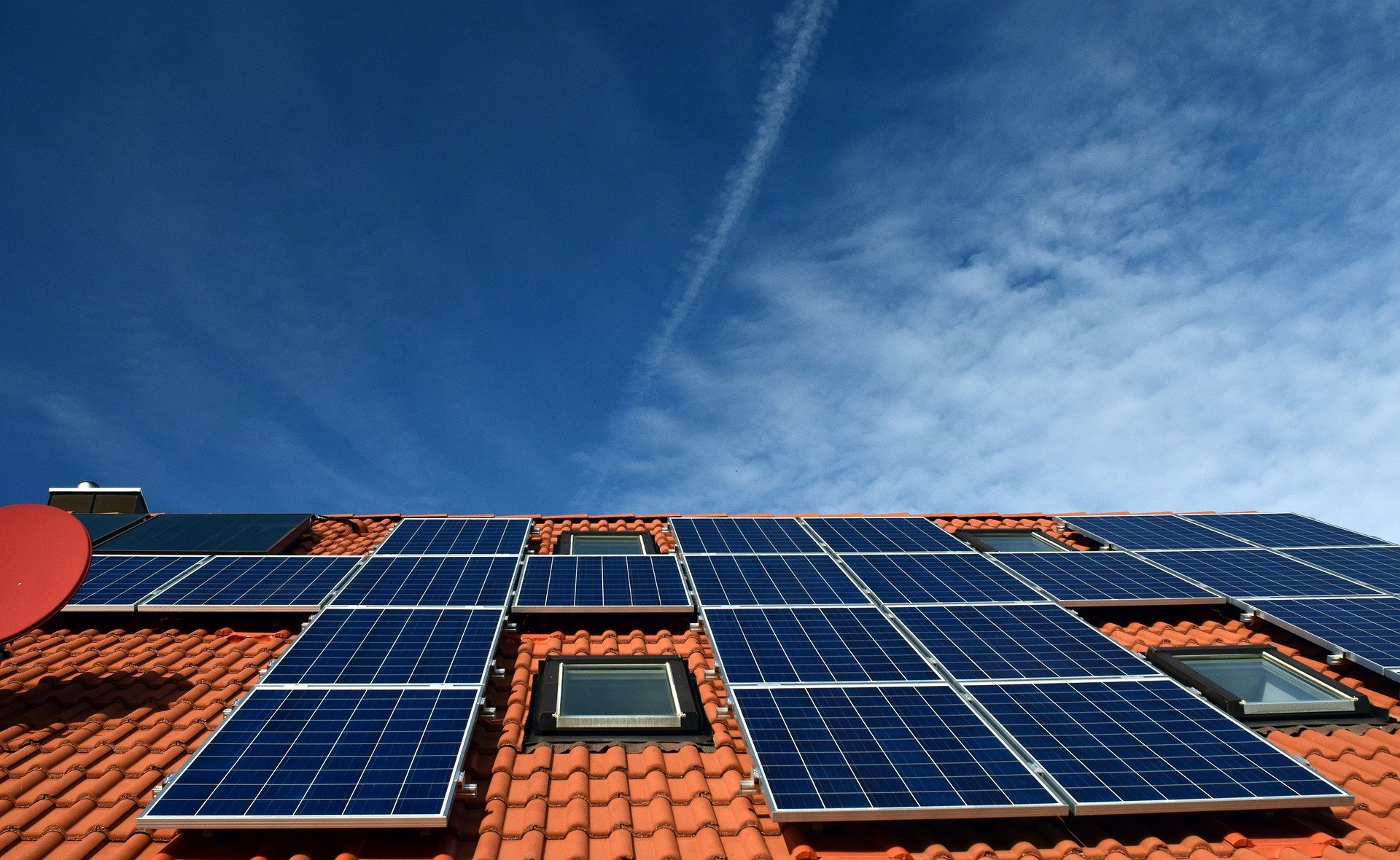
India will produce 2.95 billion tons of solar waste by 2047: Study
The value of critical metals to be recovered from defunct solar panels by the year 2047 will be about $452 trillion with almost 70% material recovery rate, says a study by researchers from the Indian Institute of Technology (IIT) Delhi.

The value of critical metals to be recovered from defunct solar panels by the year 2047 will be about $452 trillion with almost 70% material recovery rate, says a study by researchers from the Indian Institute of Technology (IIT) Delhi.
The study, published in the journal ‘Sustainable Production and Consumption’, says that based on an assumption that 347.5 GW of total installed solar generation capacity would be reached by 2030, India should be generating 2.95 billion tons of photo voltaic (PV) solar waste.
The research team was led by IIT Delhi’s Ayush Gautam and Ravi Shankar and NorthCap University, Gurgaon’s Prem Vrat.
Inverters, cables and mounting systems were considered part of PV modules while calculating waste generated. The study considered transformers and batteries as external contributors to balance-of-system components (remaining 30% waste).
The study says that the 2.95 billion tons of waste would include valuable metals worth around $645 trillion (Rs 46,936 lakh crore), of which around 70% – $452 trillion worth – could be recycled.
Of the $645 trillion worth valuable metals, gold’s share will be 45%, aluminum 26%, copper 16%, and silver 10%. Other metals that will be part of the solar waste are tellurium, magnesium, indium and gallium.
The IIT-Delhi study pointed out that the volume of solar waste and its potential value is much higher than what is offered by any other electrical and electronic equipment at the end of its life for the same period.
The researchers suggested that considering the high volume of waste that is likely to be generated over the next 27 years, adequate and efficient recycling systems should be set up on high priority for managing end-of-life PV waste, which has the potential to pollute our land, water and air.
Also read: Solar flare: 77% of India’s solar cell import is from China
Considering India’s dependence on foreign countries, especially China, for procuring solar cells, the study suggested a circular economy approach to its solar supply chain. This, the researchers said, will go a long way in helping India reduce its dependence on imports of precious metals including gold, silver, and copper.
To arrive at the waste numbers, the study factored in costs of premature panel failure besides considering anticipated standard solar module lifetime. The average life of a PV module was considered as 25 years up to 2014, and 30 years thereafter. For inverters, the likely age was fixed at 10 years.
Also read: Solar power gets cheaper; it’s time we moved away from coal for electricity
While 70% waste will be recyclable, environmentalists are concerned about what happens with the remaining 30%. While on one hand it is a loss of earth’s natural wealth, on the other hand the dumped material will pose environmental challenges like soil, water and air (if burnt) pollution.


